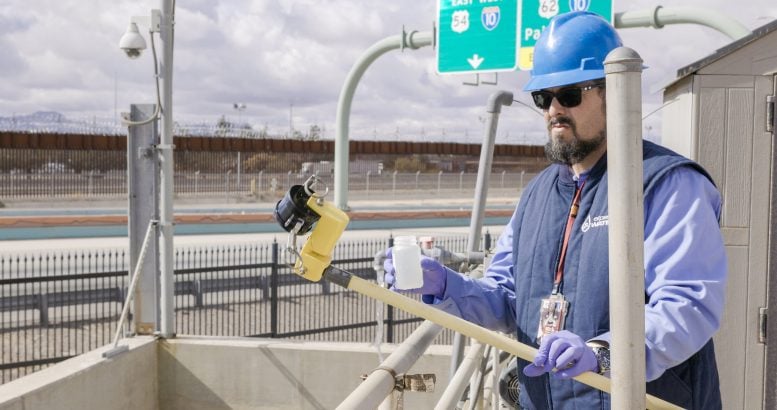

Researchers in Texas detected H5N1 in wastewater from 10 cities, but the risk to humans is currently low. Ongoing surveillance is critical to monitor any potential changes in the virus that could increase its threat to public health.
Researchers at UTHealth Houston and Baylor College of Medicine detected the avian influenza A(H5N1) virus in the wastewater of 10 Texas cities using virome sequencing. This virus, which has spread to cattle and infected 14 people this year, was identified in the diverse collection of viruses found in these wastewater samples.
The information was published in the New England Journal of Medicine.
Until March 2024, H5N1 had not been detected in 1,337 wastewater samples analyzed by the team. But from March 4 to July 15 (the end of data collection for this article), H5N1 was detected in 10 of 10 cities, 22 of 23 sites, and 100 of 399 samples.
However, the abundance of H5N1 in wastewater samples collected over time did not correlate with influenza-related hospitalizations over the same time period, so the risk to the public was extremely low.

Wastewater Testing Program and Virus Surveillance
UTHealth Houston and Baylor established the wastewater testing program as part of the Texas Epidemic Public Health Institute (TEPHI).
The sequencing protocol used by the team can detect genetic changes that might indicate an adaptation of the virus to mammals, perhaps even humans. Lack of clinical burden in humans and genomic information suggested that the source of the virus load found in wastewater during that time span came from animal origins. But continued surveillance is critical for monitoring any evolutionary adaptations that would indicate the potential for it to jump to humans, the researchers concluded.
Lead authors of the journal letter were Michael J. Tisza, PhD, assistant professor of molecular virology and microbiology at Baylor; Blake Hanson, PhD, assistant professor in the Center for Infectious Diseases at UTHealth Houston School of Public Health; Eric Boerwinkle, PhD, director of TEPHI and the dean, Kozmetsky Family Chair in Human Genetics, and M. David Low Chair in Public Health of the School of Public Health; and Anthony W. Maresso, PhD, the Joseph L. Melnick Chair of Virology at Baylor. Boerwinkle and Hanson are also members of The University of Texas MD Anderson Cancer Center UTHealth Houston Graduate School of Biomedical Sciences.
The team detects viruses in wastewater by using a viral probe capture set targeting thousands of viral species or variants. Since May 2022, TEPHI has detected more than 400 human and animal viruses, several of which (SARS-CoV-2, influenza, and mpox) have correlated to clinical case data in the population.
Reference: “Sequencing-Based Detection of Avian Influenza A(H5N1) Virus in Wastewater in Ten Cities” by Michael J. Tisza, Blake M. Hanson, Justin R. Clark, Li Wang, Katelyn Payne, Matthew C. Ross, Kristina D. Mena, Anna Gitter, Sara J. Javornik Cregeen, Juwan Cormier, Vasanthi Avadhanula, Austen Terwilliger, John Balliew, Fuqing Wu, Janelle Rios, Jennifer Deegan, Pedro A. Piedra, Joseph F. Petrosino, Eric Boerwinkle and Anthony W. Maresso, 10 September 2024, New England Journal of Medicine.
DOI: 10.1056/NEJMc2405937